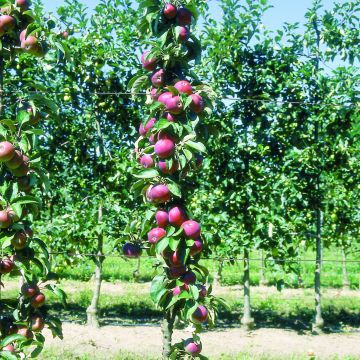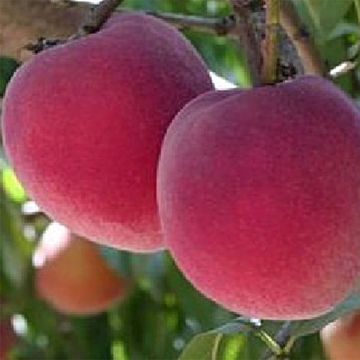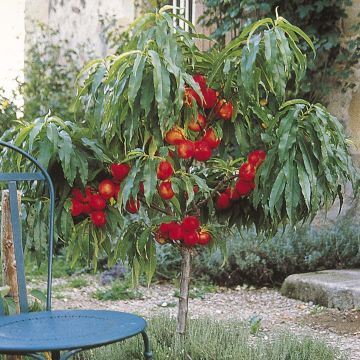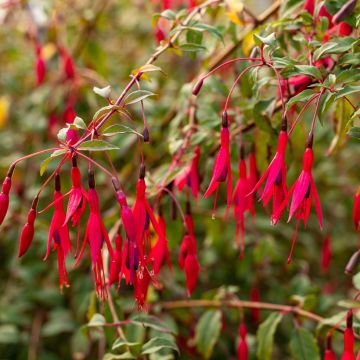Shipping country and language
Your country of residence may be:
Your country of residence is:
For a better user experience on our website, you can select:
Your shipping country:
-
Andorra
-
Austria
-
Belgium
-
Bulgaria
-
Canada
-
Chile
-
Croatia
-
Cyprus
-
Czechia
-
Denmark
-
Estonia
-
Finland
-
France
-
Germany
-
Greece
-
Hungary
-
Iceland
-
Ireland
-
Italy
-
Latvia
-
Lithuania
-
Luxembourg
-
Malta
-
Monaco
-
Netherlands
-
Poland
-
Portugal
-
Romania
-
Slovakia
-
Slovenia
-
Spain
-
Sweden
-
Switzerland
-
United Kingdom
We only deliver seed and bulb products to your country. If you add other products to your basket, they cannot be shipped.
Language:
-
French
-
German
-
Spanish
-
English
-
Italian
My Account
Hello
My wish lists
Log in / Register
Existing customer?
New customer?
Create an account to track your orders, access our customer service and, if you wish, make the most of our upcoming offers.


Psidium guajava Limon
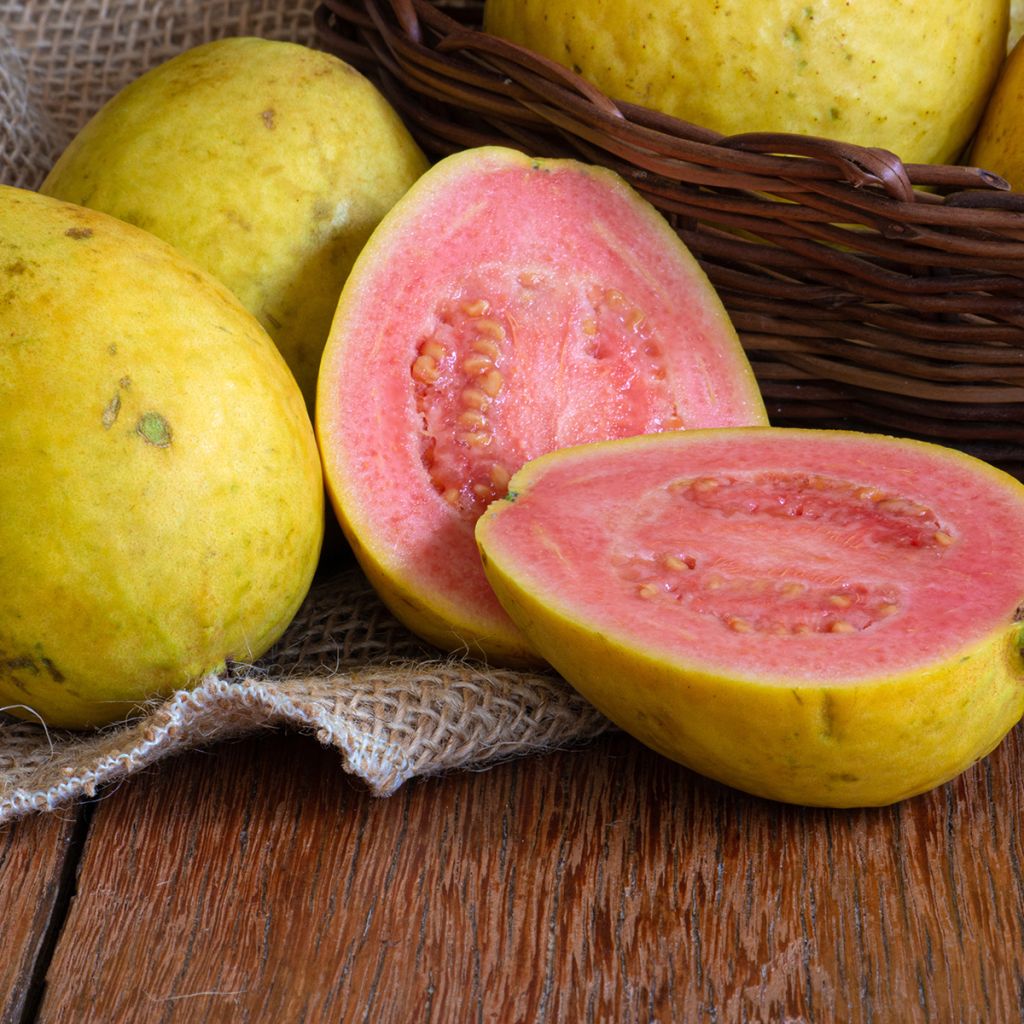

Psidium guajava Limon


Psidium guajava Limon
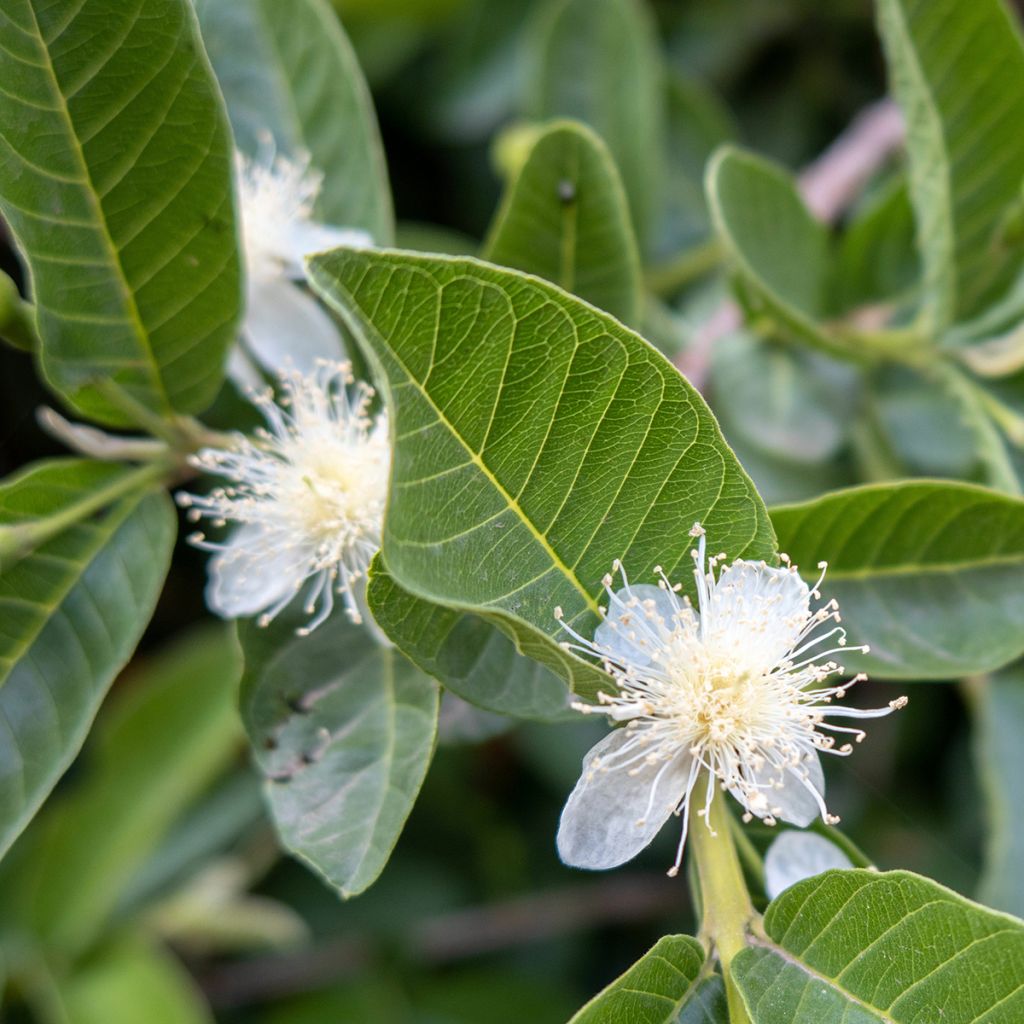

Psidium guajava Limon
Psidium guajava Limon
Psidium guajava Limon
Guava, Common Guava, Yellow Guava
Order in the next for dispatch today!
Dispatch by letter from €3.90.
Delivery charge from €5.90 Oversize package delivery charge from €6.90.
More information
This item is not available in your country.
Schedule delivery date,
and select date in basket
This plant carries a 6 months recovery warranty
More information
We guarantee the quality of our plants for a full growing cycle, and will replace at our expense any plant that fails to recover under normal climatic and planting conditions.
From €5.90 for pickup delivery and €6.90 for home delivery
Express home delivery from €8.90.
Description
The Psidium guajava 'Limon', also known as the yellow lemon guava, is a variety of the common guava, also known as the apple guava or sand plum. It is a small exotic fruit tree, ornamental, with beautiful fragrant white flowers and coppery bark, whose deciduous foliage turns orange in autumn. It produces green fruits and guavas that are highly fragrant and pleasant, with yellow, juicy, sweet and tangy flesh. It requires a warm location and regular watering. It can be grown well in a pot and brought indoors in winter in a heated greenhouse or conservatory to protect it from the cold.
The Psidium guajava 'Limon' is a tree belonging to the myrtle family, just like the Feijoa, Eucalyptus, and Myrtles, with which it shares a flowering adorned with prominent stamens. It is native to Central America, where it grows abundantly and is cultivated for its fruits. This species has been introduced to certain tropical and subtropical regions where it has become invasive, particularly in wet areas like New Caledonia. The tree is not very hardy, tolerating cold temperatures only down to -3°C once established for a few years. Reaching approximately 3.50 m in height in open ground in our latitudes, with a spread of 1.75 m to 2 m, or even wider, it maintains a more bushy than tree-like habit, mainly if grown in a pot or regularly pruned. Its habit is naturally rounded, dense, and slightly trailing.
The Psidium guajava 'Limon' has a slow growth rate. Its smooth and cinnamon-brown bark peels off in thin flakes, revealing a pink background. The tree, evergreen in tropical climates, loses its leaves in cooler temperatures. Its foliage consists of rugged, oblong to elliptical leaves, shiny green on the upper surface, dotted with translucent pores, and covered with a fine down on the lower surface. Arranged opposite on the branches, they measure 3 to 15 cm in length and 2 to 6 cm in width. The bush blooms on the young shoots in late spring and May-June in mild climates. Its white flowers are slightly fragrant, 2 to 3 cm in diameter. A beautiful cluster of white stamens emerge from their white petals, forming a silky pompom. After pollination by insects, they will transform into green, round, and pear-shaped fruits, 2 to 3 cm in diameter. When ripe, they turn yellow. Their flesh is yellow, soft, and juicy. They contain hard seeds that are best removed before consumption. The flavour of these small guavas is both sweet and tangy. Being self-fertile, this fruit tree will be even more productive in the presence of a nearby companion plant. Birds, like humans, are very fond of small fruits.
The Psidium guajava 'Limon' can only be acclimated to open ground in our mildest winter regions. Elsewhere, it is grown in a pot like a citrus tree, which allows it to be stored indoors during winter, protected from frost, in a bright, frost-free location. It can be planted as a hedge or a standalone specimen in warm oceanic or Mediterranean climates. As a collector's plant for a tropical orchard, it can be paired with Pitayas, passion fruits, and other prickly pears. The fruits can be consumed fresh, as juice, in fruit salads (remove the seeds), or cooked in compotes and jams, sorbets, syrups, or on tarts... It is a delicate fruit with a subtly aromatic flavour that does not keep well.
Report an error about the product description
Psidium guajava Limon in pictures






Plant habit
Fruit
Flowering
Foliage
Botanical data
Psidium
guajava
Limon
Myrtaceae
Guava, Common Guava, Yellow Guava
Psidium pumilum, Psidium cujavillus, Psidium pyriferum, Psidium pomiferum
Cultivar or hybrid
Other Fruit trees A to Z
Planting and care
The Psidium guajava 'Limon' adapts to all types of well-drained soils and tolerates some limestone but prefers neutral or slightly acidic soils. It appreciates fertile, light, and deep soils and requires periodic organic amendment and regular watering in summer if planted in hot and very dry regions. It can be planted by the seaside and sheltered by a vegetal screen from sea spray.
Choose a very sunny and well-sheltered location against a well-exposed wall. For better fruiting, it is recommended to plant at least two plants, spacing them 1 m apart, or to plant them in the same hole with a 40 cm distance. Planting can be done in spring or autumn.
Dig a hole and add a mixture of garden soil, sand, and compost. Place the young plant in the hole, cover it with soil, and firm it down. Water generously at planting and regularly during the growth period.
In cool or cold regions, it is advisable to cultivate it like a citrus tree in a large pot for winter, protected from the cold in a bright but unheated room. Use citrus and Mediterranean plant soil. Fertilise every year in spring and water your potted plant regularly.
Planting period
Intended location
Care
This item has not been reviewed yet - be the first to leave a review about it.
Unusual and exotic fruit trees
Haven't found what you were looking for?
Hardiness is the lowest winter temperature a plant can endure without suffering serious damage or even dying. However, hardiness is affected by location (a sheltered area, such as a patio), protection (winter cover) and soil type (hardiness is improved by well-drained soil).

Photo Sharing Terms & Conditions
In order to encourage gardeners to interact and share their experiences, Promesse de fleurs offers various media enabling content to be uploaded onto its Site - in particular via the ‘Photo sharing’ module.
The User agrees to refrain from:
- Posting any content that is illegal, prejudicial, insulting, racist, inciteful to hatred, revisionist, contrary to public decency, that infringes on privacy or on the privacy rights of third parties, in particular the publicity rights of persons and goods, intellectual property rights, or the right to privacy.
- Submitting content on behalf of a third party;
- Impersonate the identity of a third party and/or publish any personal information about a third party;
In general, the User undertakes to refrain from any unethical behaviour.
All Content (in particular text, comments, files, images, photos, videos, creative works, etc.), which may be subject to property or intellectual property rights, image or other private rights, shall remain the property of the User, subject to the limited rights granted by the terms of the licence granted by Promesse de fleurs as stated below. Users are at liberty to publish or not to publish such Content on the Site, notably via the ‘Photo Sharing’ facility, and accept that this Content shall be made public and freely accessible, notably on the Internet.
Users further acknowledge, undertake to have ,and guarantee that they hold all necessary rights and permissions to publish such material on the Site, in particular with regard to the legislation in force pertaining to any privacy, property, intellectual property, image, or contractual rights, or rights of any other nature. By publishing such Content on the Site, Users acknowledge accepting full liability as publishers of the Content within the meaning of the law, and grant Promesse de fleurs, free of charge, an inclusive, worldwide licence for the said Content for the entire duration of its publication, including all reproduction, representation, up/downloading, displaying, performing, transmission, and storage rights.
Users also grant permission for their name to be linked to the Content and accept that this link may not always be made available.
By engaging in posting material, Users consent to their Content becoming automatically accessible on the Internet, in particular on other sites and/or blogs and/or web pages of the Promesse de fleurs site, including in particular social pages and the Promesse de fleurs catalogue.
Users may secure the removal of entrusted content free of charge by issuing a simple request via our contact form.
The flowering period indicated on our website applies to countries and regions located in USDA zone 8 (France, the United Kingdom, Ireland, the Netherlands, etc.)
It will vary according to where you live:
- In zones 9 to 10 (Italy, Spain, Greece, etc.), flowering will occur about 2 to 4 weeks earlier.
- In zones 6 to 7 (Germany, Poland, Slovenia, and lower mountainous regions), flowering will be delayed by 2 to 3 weeks.
- In zone 5 (Central Europe, Scandinavia), blooming will be delayed by 3 to 5 weeks.
In temperate climates, pruning of spring-flowering shrubs (forsythia, spireas, etc.) should be done just after flowering.
Pruning of summer-flowering shrubs (Indian Lilac, Perovskia, etc.) can be done in winter or spring.
In cold regions as well as with frost-sensitive plants, avoid pruning too early when severe frosts may still occur.
The planting period indicated on our website applies to countries and regions located in USDA zone 8 (France, United Kingdom, Ireland, Netherlands).
It will vary according to where you live:
- In Mediterranean zones (Marseille, Madrid, Milan, etc.), autumn and winter are the best planting periods.
- In continental zones (Strasbourg, Munich, Vienna, etc.), delay planting by 2 to 3 weeks in spring and bring it forward by 2 to 4 weeks in autumn.
- In mountainous regions (the Alps, Pyrenees, Carpathians, etc.), it is best to plant in late spring (May-June) or late summer (August-September).
The harvesting period indicated on our website applies to countries and regions in USDA zone 8 (France, England, Ireland, the Netherlands).
In colder areas (Scandinavia, Poland, Austria...) fruit and vegetable harvests are likely to be delayed by 3-4 weeks.
In warmer areas (Italy, Spain, Greece, etc.), harvesting will probably take place earlier, depending on weather conditions.
The sowing periods indicated on our website apply to countries and regions within USDA Zone 8 (France, UK, Ireland, Netherlands).
In colder areas (Scandinavia, Poland, Austria...), delay any outdoor sowing by 3-4 weeks, or sow under glass.
In warmer climes (Italy, Spain, Greece, etc.), bring outdoor sowing forward by a few weeks.




